Assalamu alaikum
How are you all friends, I hope everyone is well, today I came to you with a new blog
I'm @romzan15 from #bangladesh
Image from our Kapotaksha river bridge
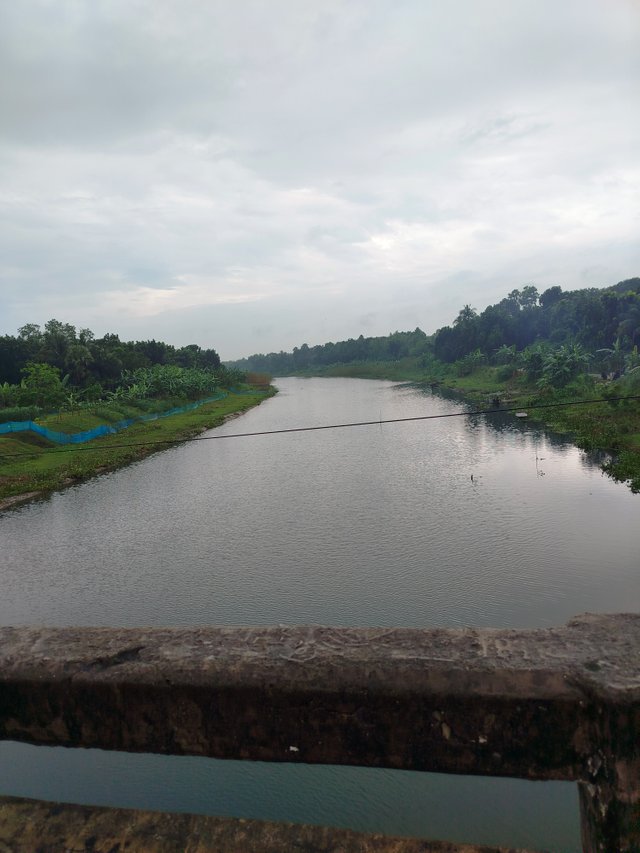
Kapotaksha river
The Kopotaksh River is an important river in Bangladesh and India. It flows through the southwestern region of Bangladesh, originating in India, and passes through the districts of Jessore, Satkhira, and Khulna in Bangladesh. The Kopotaksh River is known for its cool and sweet water, but in recent times it has been gradually filling up, leading to a reduction in its navigability.
The river is also mentioned in the literature of Rabindranath Tagore. In his poem "Amar Sheshob" (My Childhood), he describes the Kopotaksh River as part of his childhood memories.
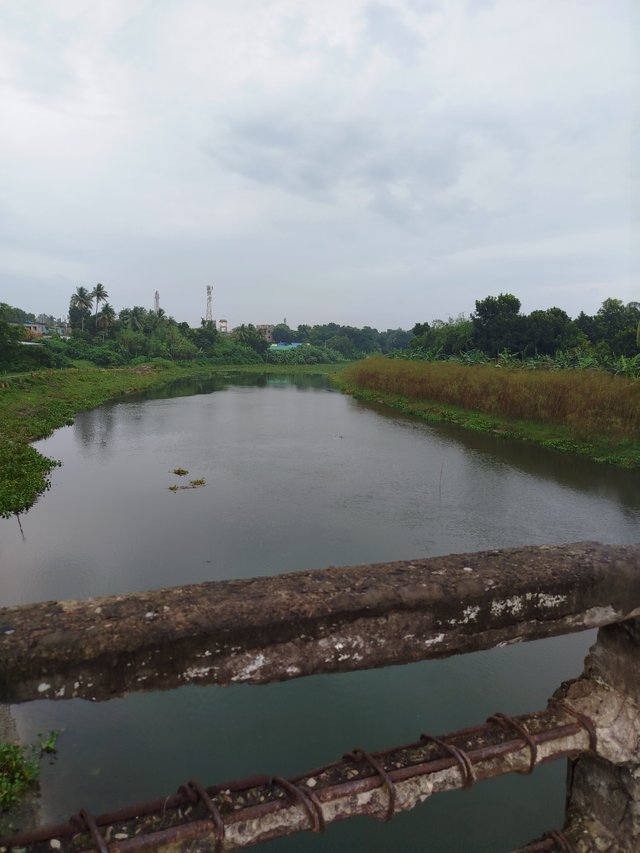
The History of the Kapotakkho River
The Kapotakkho River is a historically significant river in Bangladesh, mainly flowing through the southwestern part of the country. Its source lies near the border of Jessore district in West Bengal, India, and it flows through the districts of Khulna, Satkhira, and Jessore before finally merging into the Bay of Bengal.
Historical Background:
In ancient times, the Kapotakkho River played a vital role in trade, transportation, and agriculture. Historical records and ancient literature mention the river frequently. It was especially significant in the socio-economic development of the region.
Literary Importance:
The Kapotakkho River holds a special place in Bengali literature. Notably, the famous Bengali poet Michael Madhusudan Dutt immortalized this river in his famous poem titled "Kapotakkho Nodi" (The Kapotakkho River). Madhusudan was born near this river, and much of his childhood was spent along its banks. He nostalgically described the river in his poetry, often reflecting on his early memories:
"From time immemorial, your current has been straight,
You flow as if you carry the pain of a separated exile."
Additionally, the river is referenced in works like Rabindranath Tagore's iconic poem "Amar Sonar Bangla."
Present Condition:
Today, due to a lack of proper dredging, the Kapotakkho River has lost much of its navigability, with significant silting over time. During the dry season, many sections of the river nearly dry up, while during the monsoon, the area is prone to flooding. Nevertheless, farmers in the surrounding areas still rely on its water for irrigation.
The history and impact of the Kapotakkho River are deeply intertwined with the history and culture of Bengal, symbolizing both its past glory and current challenges.
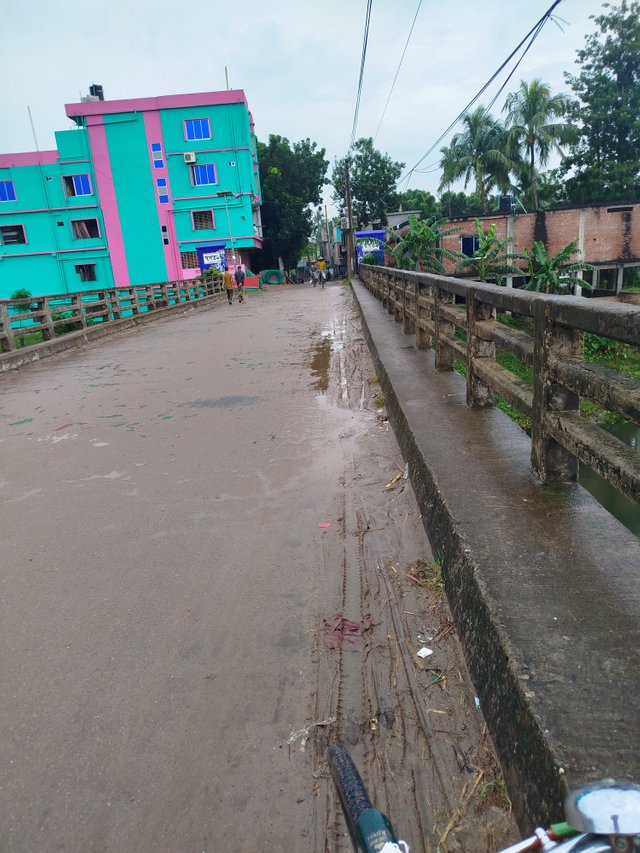
Kotchandpur Bridge
Kotchandpur Bridge is a significant bridge located in the Kotchandpur Upazila of Jhenaidah district in Bangladesh. It plays a crucial role for the local population as it serves as a major means of transportation. The bridge is deeply connected to the economic and social life of Kotchandpur town. With the improvement in transportation facilitated by the bridge, agriculture, business, and other commercial activities have become more accessible, positively impacting the local economy.
This bridge plays an important role as part of the local and national road network. It has made it easier to connect the town with nearby areas, enhancing the standard of living for the local people.
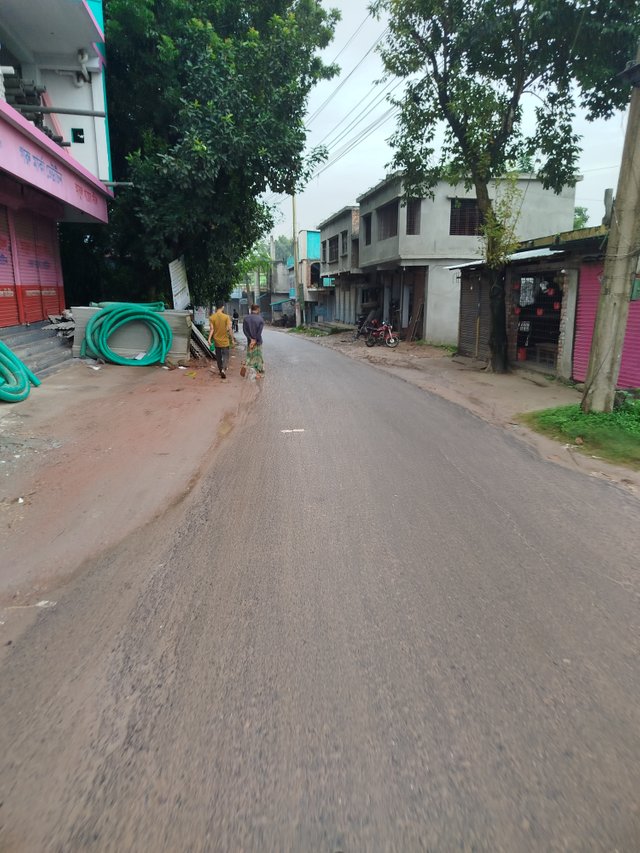
Kotchandpur History of the bridge
The history of the Kotchandpur Bridge is closely tied to the lives and communication of the local people. Kotchandpur is an important upazila in the Jhenaidah district of Bangladesh, and this bridge serves as a crucial link for the area's residents. It was constructed to improve local and regional connectivity, particularly between the districts of Jessore and Chuadanga.
The bridge's construction significantly impacted the geography and economy of the region. Before the bridge, people relied on boats or other means to cross the river, and the bridge brought a major transformation, facilitating agriculture, trade, and daily activities.
The construction of the bridge and the economic activities related to it have become an important part of the local history of the area. However, to obtain specific historical or official information, it would be necessary to consult local government offices or historical sources.
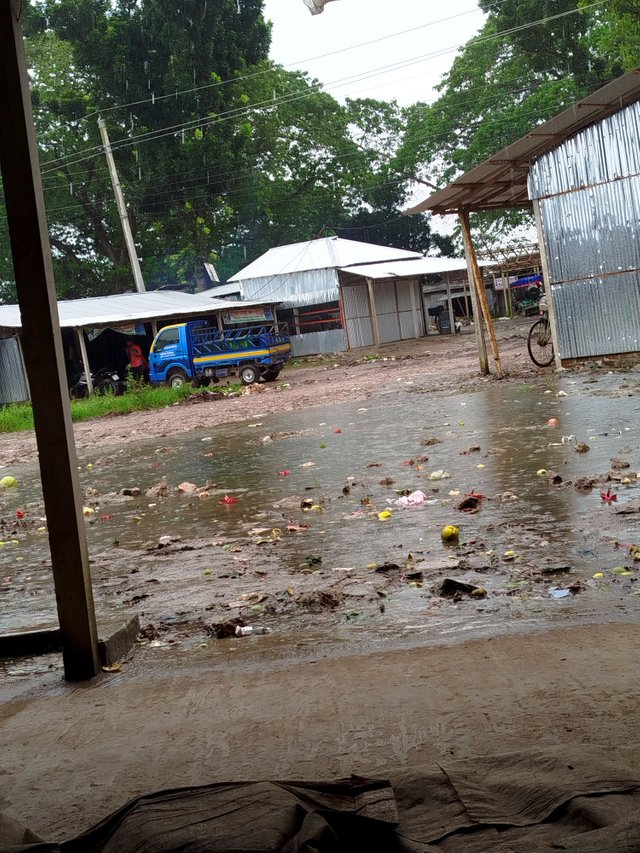
rainy day
A rainy day brings a sense of peace. The cloudy sky, light rain, and the freshness of nature together create a dreamy atmosphere. For some, a rainy day is the perfect time to read a book, enjoy a cup of tea or coffee, or simply sit by the window and soak in the beauty of nature. For others, it evokes nostalgic emotions, reminding them of childhood moments spent playing in the rain.
How do rainy days feel to you?
Friends, if you like it so far, please comment, thank you and support me
For work I use:
device |
redmi note 13 |
photography |
@romzan15 |
location |
Jhenaidah Kotchandpur |
taking pictures |
in the open |
Hi, Greetings, Good to see you Here:)
Downvoting a post can decrease pending rewards and make it less visible. Common reasons:
Submit
We all love rivers and streams. The beautiful river Mana flows in front of our house. There is a different kind of fun in bathing in the river. Thank you very much for presenting this article to us.
Downvoting a post can decrease pending rewards and make it less visible. Common reasons:
Submit